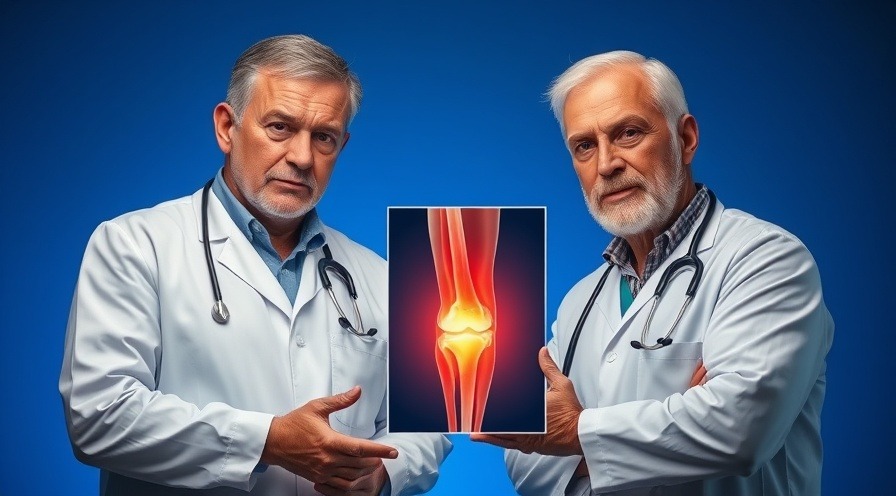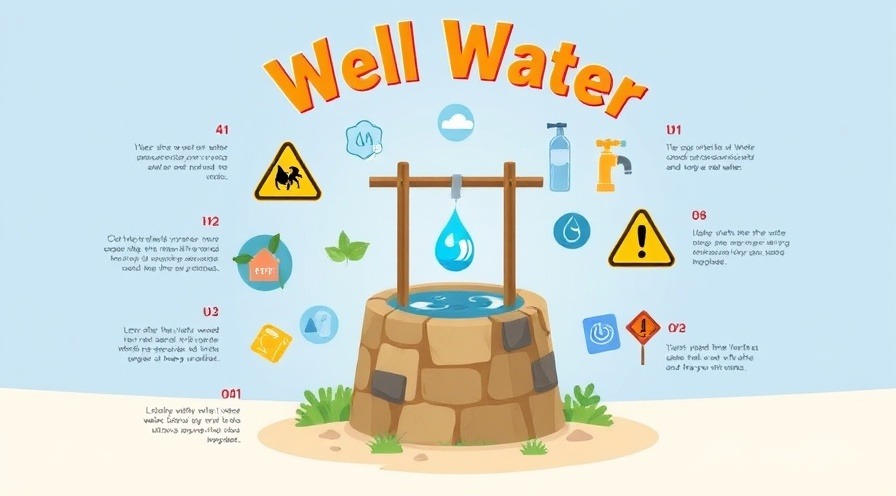
Understanding SPG4: The Basics of Spastic Paraplegia
Spastic paraplegia type 4, commonly abbreviated as SPG4, is recognized as the most prevalent form of hereditary paraplegia—a group of genetic neurodegenerative disorders that progressively weaken the lower limbs. This condition arises due to mutations in the spast gene, which produces a protein called spastin vital for the healthy functioning of nerve cells. Without proper function, essential components that transport nutrients and waste along nerve fibers become disrupted, leading to damage, especially in the nerve cells that signal movement from the brain to the legs.
In Spastic paraplegia type 4 (SPG4) (Year of the Zebra 2025), the discussion illuminates the complexities of this condition, prompting deeper exploration of its implications and management strategies.
The Symptoms: Living with SPG4
The hallmark of SPG4 is a progressive spasticity in the lower limbs. Individuals may experience tight or rigid feelings in their legs, notably after periods of inactivity. Walking can become challenging, often leading to a scissoring gait and difficulties with balance. People with SPG4 may also feel fatigued more quickly and struggle to keep up during physical activities. Additional symptoms might manifest, such as overactive reflexes, urinary urgency, and in some rare cases, cognitive or speech difficulties. Even within families, where the same mutation is present, the severity and age of symptom onset can vary significantly.
Diagnosis and Current Treatments for SPG4
Diagnosing SPG4 typically starts with a detailed physical examination and a review of family history. Advanced imaging, like MRIs, may reveal spinal cord thinning, but it won't always show changes in the early stages of the disease. Genetic testing is the definitive process for identifying mutations in the spast gene. Currently, there exists no cure for this condition. Treatment focuses on managing symptoms rather than halting disease progression. Medications like tizanidine and baclofen can ease muscle stiffness, while anti-cholinergic drugs address bladder control issues. The inclusion of physical therapy can also enhance mobility and independence for many years.
Quality of Life and Support Systems
Even for those living with SPG4, sustaining an active, fulfilling life is possible with the right management strategies. Physical therapy is essential, empowering individuals to improve strength and flexibility. The use of mobility aids, such as canes or braces, can further help maintain stability as the condition progresses. By fostering a support network of health care providers, therapists, and family members, individuals can navigate the challenges of SPG4 with enhanced resilience and dignity.
Final Thoughts and a Call to Action
Understanding spastic paraplegia type 4 is integral for health-conscious adults looking to improve their wellness or assist loved ones affected by this condition. Though SPG4 presents significant challenges, insights into its symptoms, diagnosis, and treatment options can empower families and individuals to seek appropriate care. If you or someone you know is affected by SPG4 or similar genetic conditions, consider advocating for supportive therapies and connecting with health professionals who specialize in neurodegenerative disorders.
 Add Row
Add Row  Add
Add 




Write A Comment